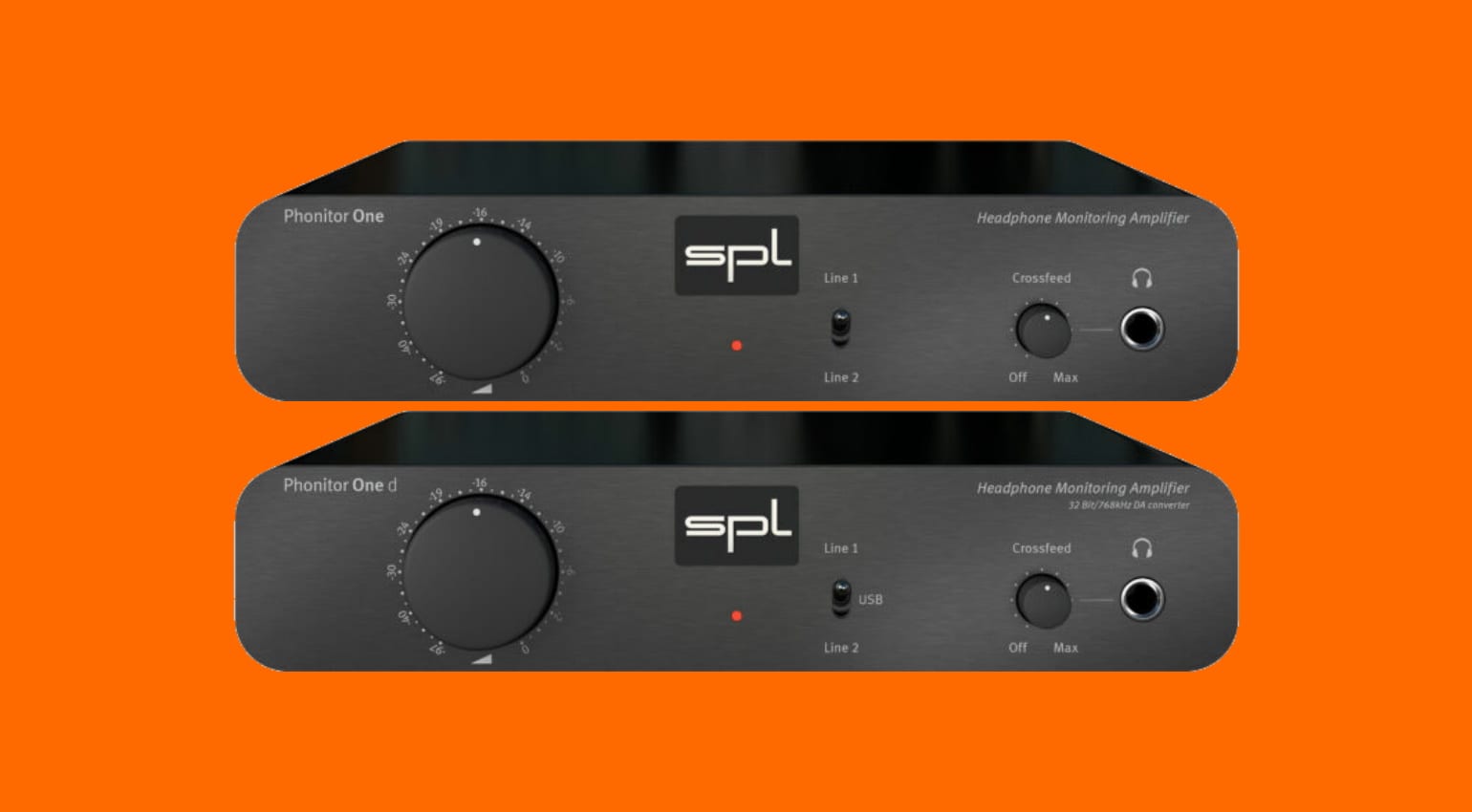


Pre-amplifier and headphone amplifier with customisable crossfeed settings.

What follows is a selection of ten amplifiers (eight loudspeaker, two headphone) that have come to market in the last three years and count VU meters among their feature sets:Ī4-size integrated amplifier, Class D (Hypex), 115wpc into ? Ohms. Some manufacturers – McIntosh, Luxman, Accuphase and Audio Research – never gave up on the bouncing needles. Technics and TEAC pulled the same trick a few years back. Yamaha has put VU meters on its latest batch of integrated amplifiers. However, as Technics and JBL have shown us in recent years with their respective turntables and loudspeakers – not to mention the vinyl revival – what’s old is new again.
AMPS WITH CROSSFEED PRO
It also sidestepped the disparity between pro and consumer gear’s 0 VU point: +4dBu for studio heads, -10dBu for home listeners.īy the mid-90s, VU meters began to disappear from home audio gear, leaving a few niche hi-fi manufacturers and studio console makers to carry the torch for a once-ubiquitous feature. A dbFS meter could show transient spikes that a VU meter might miss.
AMPS WITH CROSSFEED FULL
But just as the CD saw the digital domain encroach upon the hi-fi world, digital audio equipment’s db Full Scale (dbFS) metering began to invade the VU meter’s territory. No self-respecting audiophile would buy an amplifier without them. Corresponding VU meters would display the new ‘volume unit’ level but, because of the needle’s mass and non-zero rise time, the real-time measurement would be averaged over 300ms - this narrow time window would give listeners a more accurate display of perceived loudness.ĭuring the 1970s and 1980s, no self-respecting hi-fi manufacturer would omit VU meters from an amplifier or tape deck. Volume unit? Now we’re cookin’: a 1939 collaboration between Bell Labs, NBC and CBS that standardised loudness measurement.


 0 kommentar(er)
0 kommentar(er)
